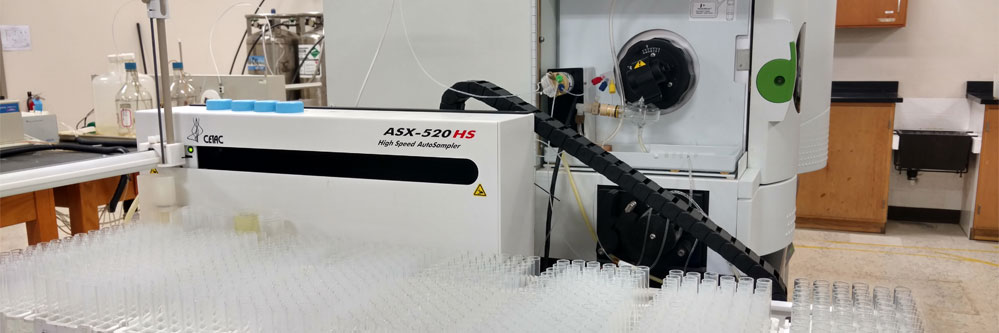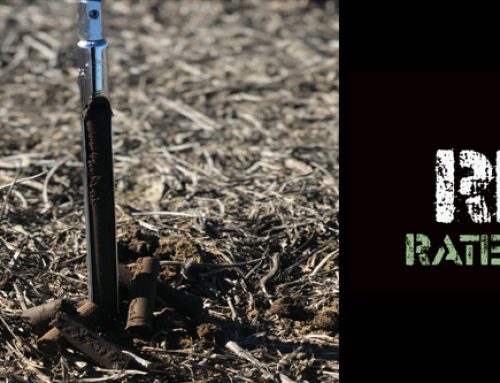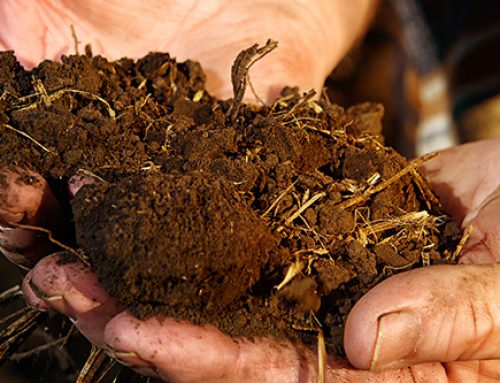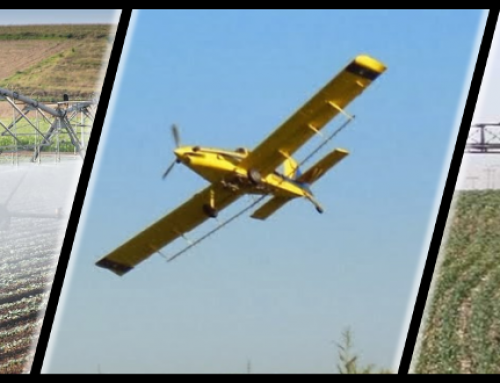
Tyler Gardner, American Agricultural Laboratory
While soil testing is frequently overshadowed by newer and more exciting areas of crop production, it remains an integral component of maximum yield production. The particular methods used to obtain soil nutrient levels are often overlooked by producers when choosing a consulting service and agricultural laboratory, and the cheapest price is often the deciding factor. Although affordability is one important factor, analysis accuracy and agronomic proficiency should be the most crucial decision makers.
What determines a proper analytical method?
The best soil analysis methods have been heavily researched by unbiased universities with many years of research data compiled. The universities use this data to calibrate an index range that designates the nutrient as being either sufficient or deficient. Fertilizer recommendations are then calculated based on correlation data from many years of experimental research, that provides the highest probability of a yield response.
The universal extractant.
University recommended methods for soil analysis most commonly require the use of multiple extractants for different nutrients. These extractants react with soil at differing levels of pH and with different reagents to provide the most reproducible level of each nutrient in the solution. Extractants are calibrated by region to be the most accurate index of available nutrients in the soil and provide the most efficient basis for fertilizer recommendations possible.
Some laboratories have chosen to use a single extractant to analyze all available nutrients, which allows them to decrease prices and speed up the analysis. While this creates a cheaper option for soil test analysis, the results provided may not be the most agronomically correct. Most nutrient values are altered using a single extractant, causing different correlation and calibration responses. This alteration affects the accuracy of correlation and calibration equations calculated based on using multiple extractants. Additional bias is also introduced when a single type of instrumentation, such as ICP, is used to quantify the universal extract. While this decreases both the time and cost of analysis, it can result in the overestimation of certain nutrients. This requires new correlation and calibration equations be calculated, to use the values provided by universal extractants. The new correlations and calibrations are backed by substantially less university research compared to the decades of research backing the use of multiple extractants. For this reason, land grant universities in the Midwestern United States do not support making multi-nutrient fertilizer recommendations from universal extractant data.
Risk management is a large consideration in every producer’s cropping system. At the same time, less proven and less accurate soil testing methods are being used to save a few dollars, while thousands of dollars of fertilizer applications are being based on these test results. Rather than managing risk, less proven methods can be seen as creating risk. The use of proven soil testing methods ensures the highest quality of soil fertility management, contributing to the realization of the highest possible yields and most optimum rate of fertilizer application.
Written by: Tyler Gardner, American Agricultural Laboratory
Featured Image by: American Agricultural Laboratory




